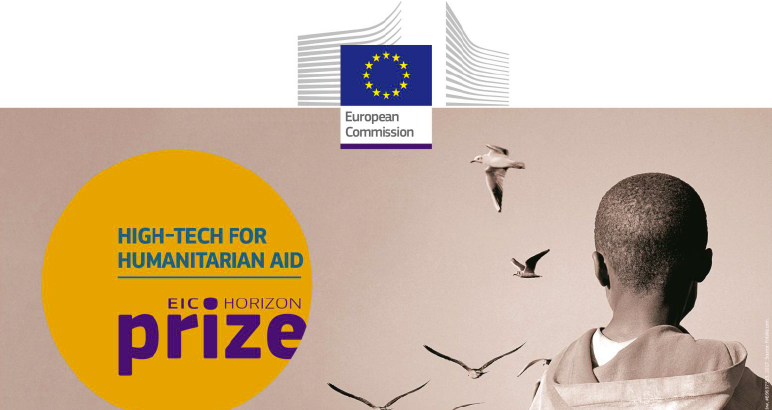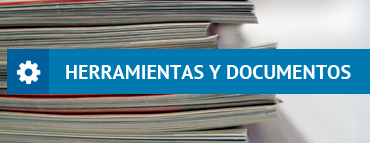Affordable High-Tech for Humanitarian Aid
06/12/2017
By: European Commission
The challenge to solve
The challenge is to develop innovative solutions for the delivery of humanitarian aid based on frugal application of advanced technologies. The European Union and its member states are major humanitarian donors. Humanitarian crises and disasters have increased in number, complexity and severity over the last 25 years.
Given the scale of today's crises and disasters, funding to cover humanitarian needs cannot keep up.
The humanitarian system is being challenged to do more, for more people, and at greater cost. Cooperation between international organisations and NGOs responding to crises, end-users and local actors, research and scientific communities and the private sector is crucial in this respect.
Introducing innovative solutions for the delivery of humanitarian aid could help enhance the humanitarian response, which is particularly important for those in a most vulnerable situation.
Solutions should be developed through a frugal innovation approach, and should be novel and based on advanced technologies and services, demonstrating the added value and potential of one or more advanced technologies (no Information and Communication Technology-only solutions).
Tested and proven in a humanitarian aid delivery, these solutions should be safe, scalable, resource-sustainable, replicable and usable in other contexts.
Innovative solutions should be inclusive, i.e. co-created and developed by different stakeholders with local actors, and accessible to a large number of people in a given context of humanitarian aid delivery settings.
Affordable high-tech for humanitarian aid infographicPDF
Prize value
€5 million
This is expected to be allocated in five awards of €1 million, each in a different area such as shelter, water, sanitation, energy, heating, cooling, food, hygiene and medical care.
Expected results
The prize should result in more cost-effective, sustainable and higher-quality innovative solutions, which lead to an optimised use of humanitarian funding and an enhanced response to urgent needs in humanitarian aid.
Eligibility and award criteria
The contest is open to all legal entities (i.e. natural or legal persons, including international organisations) or groups of legal entities.
The prize will be awarded, after closure of the contest, to the contestants who, in the opinion of the jury, demonstrates a solution that best meets the following cumulative criteria.
- new solution tested successfully in a real environment, with a demonstrated potential of adaptability and scalability under different humanitarian aid settings and responding to the needs of those in a most vulnerable situation (taking age, gender, disability and minority into consideration)
- quality and sustainability of the solution based on frugal application of advanced technologies, including the technological components (no ICT-only solutions)
- affordability and improved cost-effectiveness for beneficiaries and organisations responding to crisis
- engagement with end users and perspective of a business case
Indicative timetable
- 2017 fourth quarter – contest opens
- 2020 first quarter – deadline to submit applications
- 2020 fourth quarter – prize awarded
.




